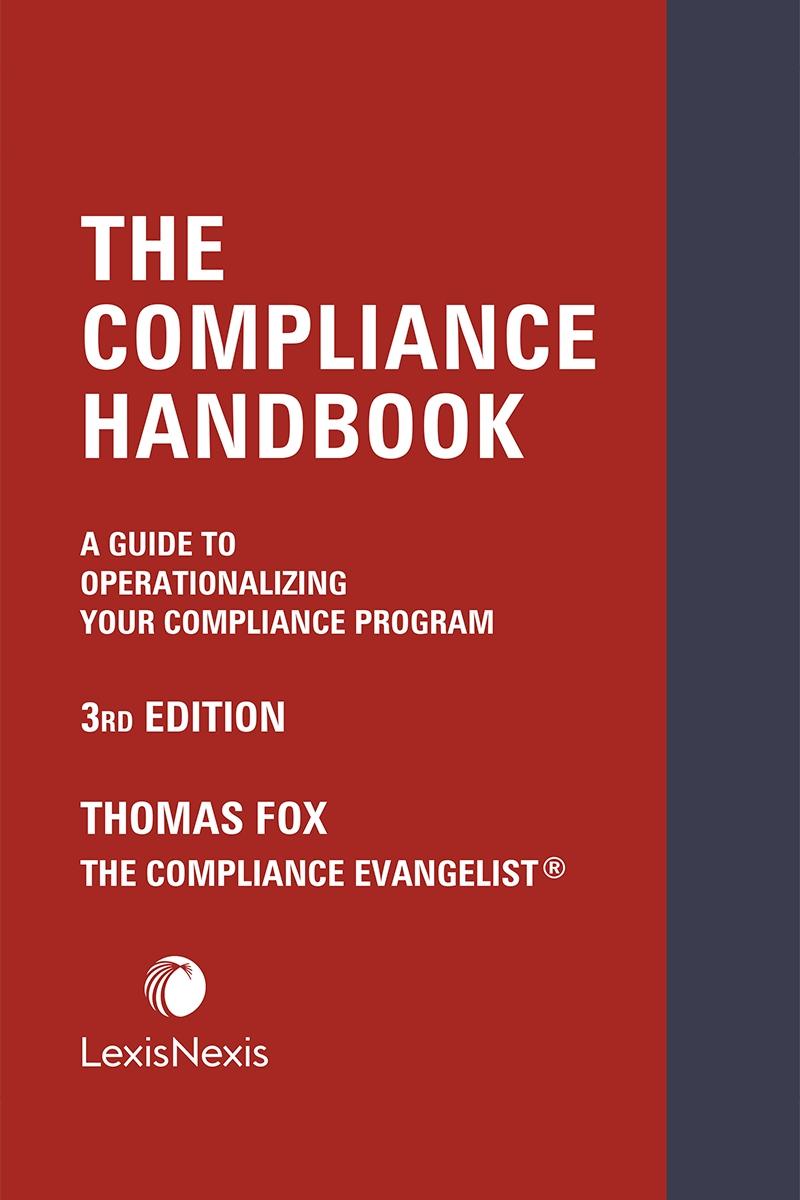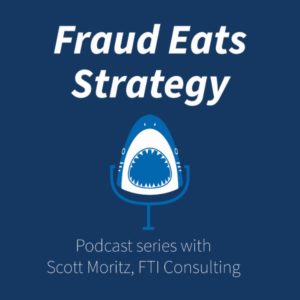The compliance profession is at an inflection point, moving away from the lawyer-driven written policies and procedures to a more operationalized regime where compliance is a part of the overall ecosystem embedded directly in the business process-focused discipline. Seen in this manner, compliance will be seen not as a cost center but as a value creation center, helping the company to make business processes more efficient and then more profitable. To be the orchestrator and prime mover of a compliance ecosystem, you need a superior compliance service that is hard to replicate. This means some combination of compliance, an extensive network of internal users, and strong branding.
Compliance is undergoing a paradigm shift as a result of technological and digital innovation. CCOs who cannot interpret the data from their systems will likely find themselves consigned to the dustbin of corporate luddites. Compliance will be moving into a new era of collaboration and connection to more fully operationalize compliance to make all business stakeholders more efficient and more profitable.
Three Key Takeaways:
- Compliance is undergoing a paradigm shift as a result of technological and digital innovation.
- To be the orchestrator and prime mover of a compliance ecosystem, you need a superior service that is hard to replicate.
- Compliance should help other corporate functions.
For more information, check out The Compliance Handbook, 4th edition, here.









